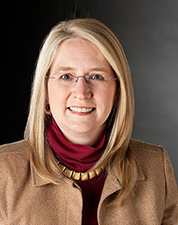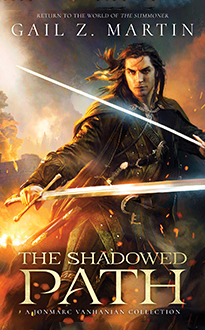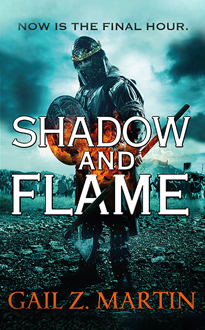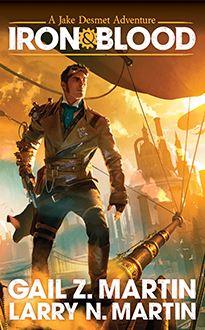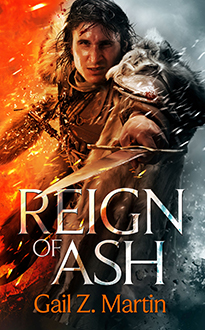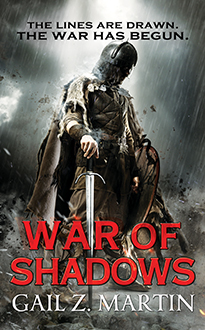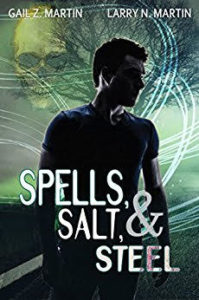By Gail Z. Martin
What is it about the Middle Ages that makes us think of magic?
Maybe it’s because those times seem so far removed from our own that it’s difficult to believe they were actually real, and not just an elaborate backstory created by Hollywood. Especially here in the United States, where our oldest buildings are only from the 1500s, anything older seems hard to imagine.
Of course, magic was considered to be “real” during the Middle Ages. Throughout Europe, witch hunts brought many innocents to a bad end. Educated people lived in fear of witches and curses, werewolves and vampires. Given the lack of scientific knowledge, illness, natural disasters and even crop failures were blamed on magic, which seemed the most likely explanation.
I spend a lot of time researching background elements for my epic fantasy series, and it’s no surprise that I’m frequently drawing on medieval sources, legends, and real-life occurrences involving magic. I’m fascinated with a world where magic was believed to be real, a world whose inhabitants saw mystery—and horror—at every turn. What did it feel like to live in a world where so little was explainable? How vulnerable would you feel if there were no scientific explanations for the weather, disease, mental illness, blights and pestilence, if those and other hardships seemed to arise from curses and evil spells?
Medieval Europe was a place of dark forests and wild seas. The world was still not well explored, so the discovery of previously unknown peoples, places, animals and objects seemed magical in the literal sense of the word. The Old Religions acknowledged magic as real, venerating it in their legends and rituals. Catholicism disdained magic, but replaced it with an unending series of miracles and miracle-working saints whose legends often ventured into what can only be termed “magic.”
All of which explains why medieval settings seem tailor-made for fantasy adventures. Limited technology and scientific knowledge, vast distances and slow communication, daunting natural disasters and uncharted waters all set the perfect stage for telling stories laced with magic. Looking back through the darkened mirror of time, even historically documented events seem to have the feel of forgotten magic about them. That world seems so different from our own that it barely feels real.
And yet, people really don’t change. Examine today’s urban myths, and you’ll find more than a hint of magical thinking as people try to explain big, complicated events with simple causes. Logic need not apply, and many urban myths and conspiracy theories won’t hold up for a moment to scientific evidence, but there is something soothing at a primal level about simple, organic explanations in our nano-tech world.
I guess that’s why I love writing epic fantasy with magic. I enjoy the idea of a world that isn’t completely explainable, filled with wonder and mystery, where magic can and does happen and things aren’t always as they seem. In our world full of satellite images, Google Glass, and cellular biology, sometimes it’s fun to imagine not knowing everything. I enjoy the mystery.
Gail Z. Martin is the author of Ice Forged in her new The Ascendant Kingdoms Saga (Orbit Books), plus The Chronicles of The Necromancer series (The Summoner, The Blood King, Dark Haven & Dark Lady’s Chosen ) and The Fallen Kings Cycle (The Sworn and The Dread). She is also the author of two series on ebook short stories: The Jonmarc Vahanian Adventures and the Deadly Curiosities Series. Find her online at www.AscendantKingdoms.com.

